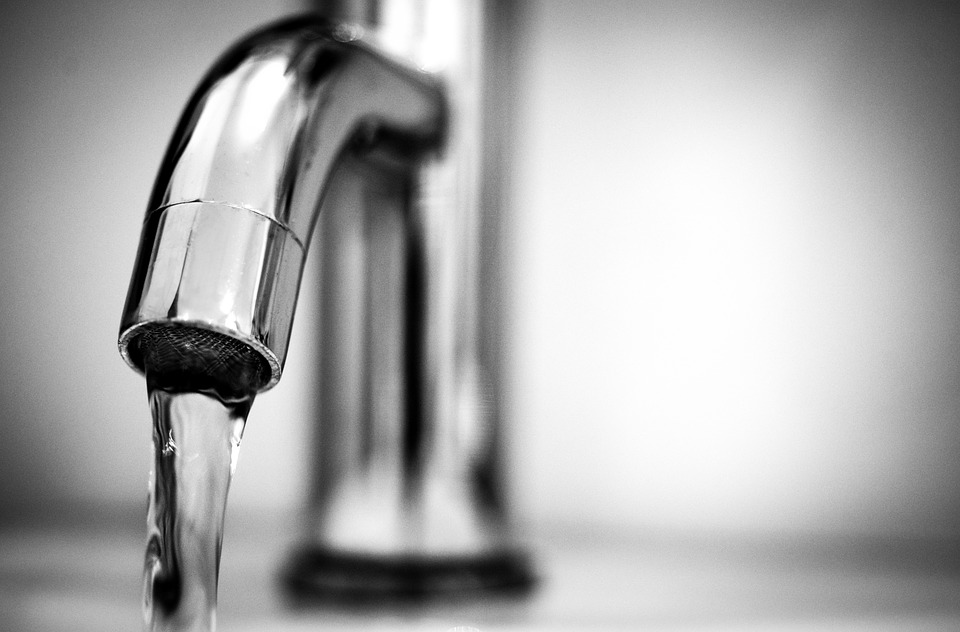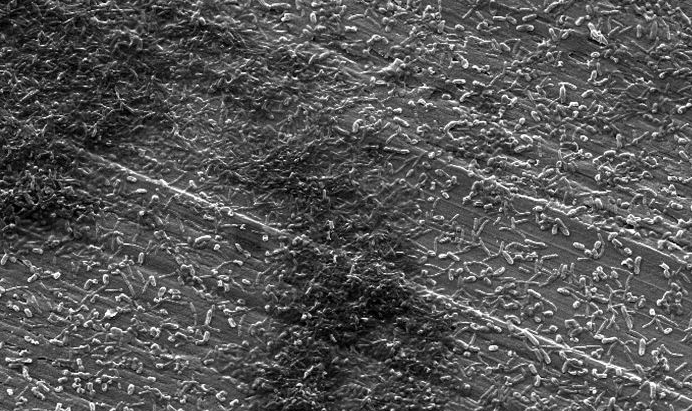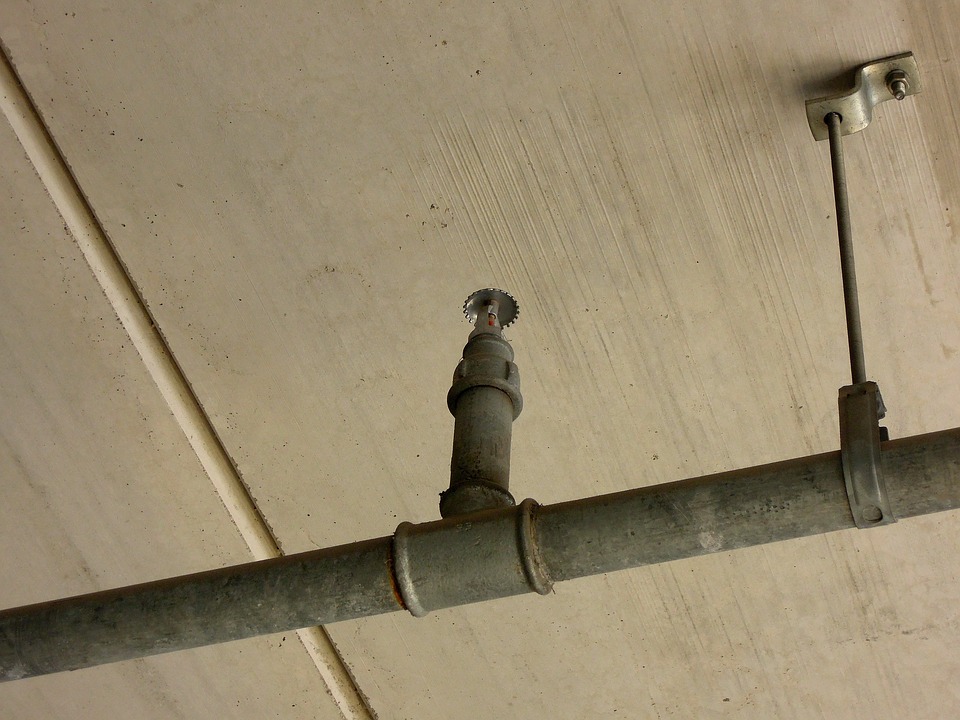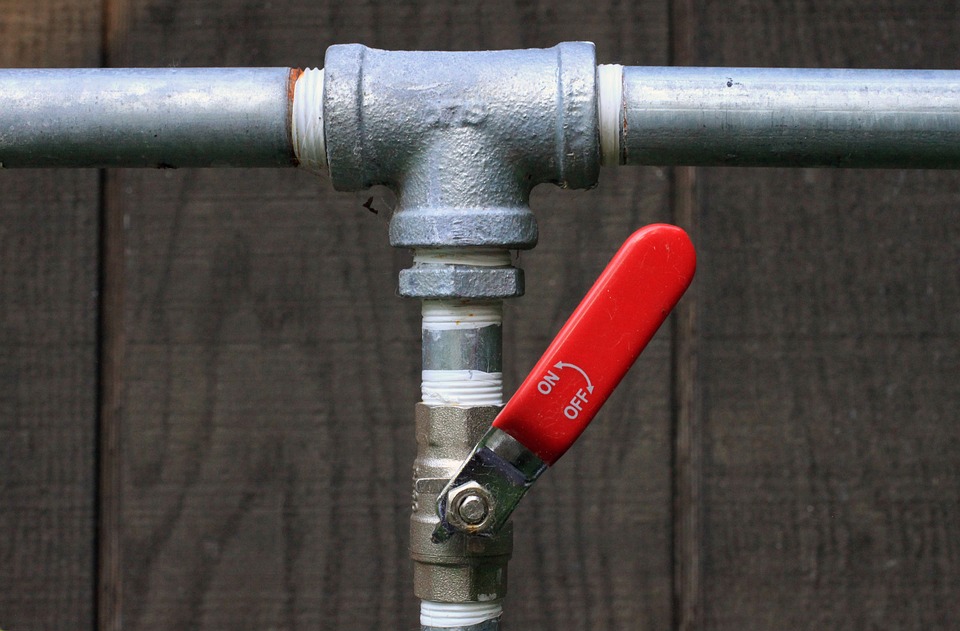Legionella Risk Assessment
What Is Legionella?
Legionella is a type of water-borne bacteria that can be found often in harmlessly low numbers in ponds, rivers and lakes – there are over 40 different species of legionella bacteria. However the bacteria can rapidly multiply to harmful quantities if they find their way into purpose-built systems where water is maintained at a temperature high enough to encourage growth, e.g. cooling towers, evaporative condensers, hot and cold water systems and spa pools used in both domestic and work premises.
The two things that Legionella bacteria need to grow and reproduce are:
For further information about Legionella and Legionnaires’ Disease: click here.
Legionella Risk Assessment – A Legal Requirement?
YES: It is a legal requirement to conduct a legionella risk assessment according to HSE Document; Approved Code of Practice L8:2013
www.hse.gov.uk/pubns/books/l8.htm
On p11, point 28 it is stated that:
‘A suitable and sufficient assessment must be carried out to identify and assess the risk of exposure to legionella bacteria from work activities and water systems on the premises and any precautionary measures needed. The dutyholder is responsible for ensuring the risk assessment is carried out. The dutyholder is either: (a) the employer, where the risk from their undertaking is to their employees or others; or (b) a self-employed person, where there is a risk from their undertaking to themselves or others; or (c) the person who is in control of premises or systems in connection with work, where there is a risk from systems in the building, eg where a building is let to tenants, but the landlord keeps responsibility for its maintenance.’
Legionella Risk Assessment Services
Do you need help completing your Legionella Risk assessment? We provide HSE compliant Commercial Legionella Risk Assessment and Legionella water testing services through our expert fully qualified Legionella services partner.
Our partner is a full Member of the Water Management Society, and holds a City in Guilds and WMSoc accredited qualification in Practical Legionella Risk Assessment. They also have following memberships and accreditations that ensure their work is safe, compliant and of the highest technical standard:
What Will We Do?
When selecting a legionella risk assessment company, it is crucial to have a clear understanding of what it can specifically offer you.
Frequently Asked Questions (FAQs)
According to the HSE, the purpose of the risk assessment will be to identify and assess risks in your water system. The responsible person should have an understanding of all your water systems and associated equipment, in order to come to a conclusion about the likeliness of legionella exposure.
The following should be checked:
• How water is stored and/or re-circulated as part of your system
• Whether the water temperature in some or all parts of the system is between 20 and 45 °C
• Are there sources of ‘nutrients’ like rust, sludge, scale and organic matters present? These conditions encourage bacteria to multiply.
• Is it possible for water droplets to be produced? And if so, could they be dispersed over a wide area? (showers and aerosols from cooling towers for example)
• Is it likely that any of your employees and visitors might bemore susceptible to infection due to age, illness, a weakened immune system etc. and could they potentially be exposed to any contaminated water droplets?
Your risk assessment should include:
• Management responsibilities, including the name of competent person and a description of your system;
• potential sources of risk;
• any controls in place to control risks;
• monitoring, inspection and maintenance procedures;
• records of the monitoring results, inspections and checks carried out;
• arrangements to review the risk assessment regularly.
If you decide that the risks are insignificant, then your assessment is complete. You may not need take any further action at this stage but you should review the assessment regularly in case anything changes in your system.’
Water testing for legionella is not always needed: it depends on the type of building, type of water system and the findings from the legionella risk assessment.
On their website the HSE state the following:
‘It depends on the system that you have and the outcome of your risk assessment. For open systems, such as cooling towers, evaporative condensers and spa pools etc, routine testing should be carried out at least quarterly. However, there may be circumstances were more frequent sampling may be required.
For hot and cold water systems, which are generally enclosed, i.e. not open to the elements and significant contamination in the same way as cooling towers, microbiological monitoring is not usually required. But there may be circumstances where testing for legionella is necessary eg. where there is doubt about the efficacy of the control regime or where recommended temperatures or disinfection concentrations are not being consistently achieved’
– www.hse.gov.uk/legionnaires/faqs.htm – ‘Testing/monitoring Legionella’
The record of your legionella risk assessment must be reviewed to ensure that it remains up-to-date. The assessment must be regularly reviewed and especially when there is reason to suspect that it is no longer valid. This may result from, for example:
changes to the water system or its use;
changes to the use of the building in which the water system is installed;
the availability of new information about risks or control measures;
the results of checks indicating that control measures are no longer effective;
changes to key personnel;
a case of legionnaires’ disease / legionellosis associated with the system.
(From page 14, paragraph 47: www.hse.gov.uk/pubns/books/l8.htm)
The Legionella Risk Assessment should be audited regularly.
The frequency of auditing, like all other elements of the legionellosis control strategy, is risk assessment based. Well-maintained and controlled systems may not generate much for an auditor to comment on in the course of a year, whilst another system operating to a lower standard or having a high turnover of staff may have plenty of issues that might suggest that a more frequent risk assessment review is required.
The Legionella Control Association (LCA) recommend an annual audit frequency, and this is a good starting point which is generally applicable, but should not be confused with a review, which should be prompted by any significant change in system, operation, or personnel.




